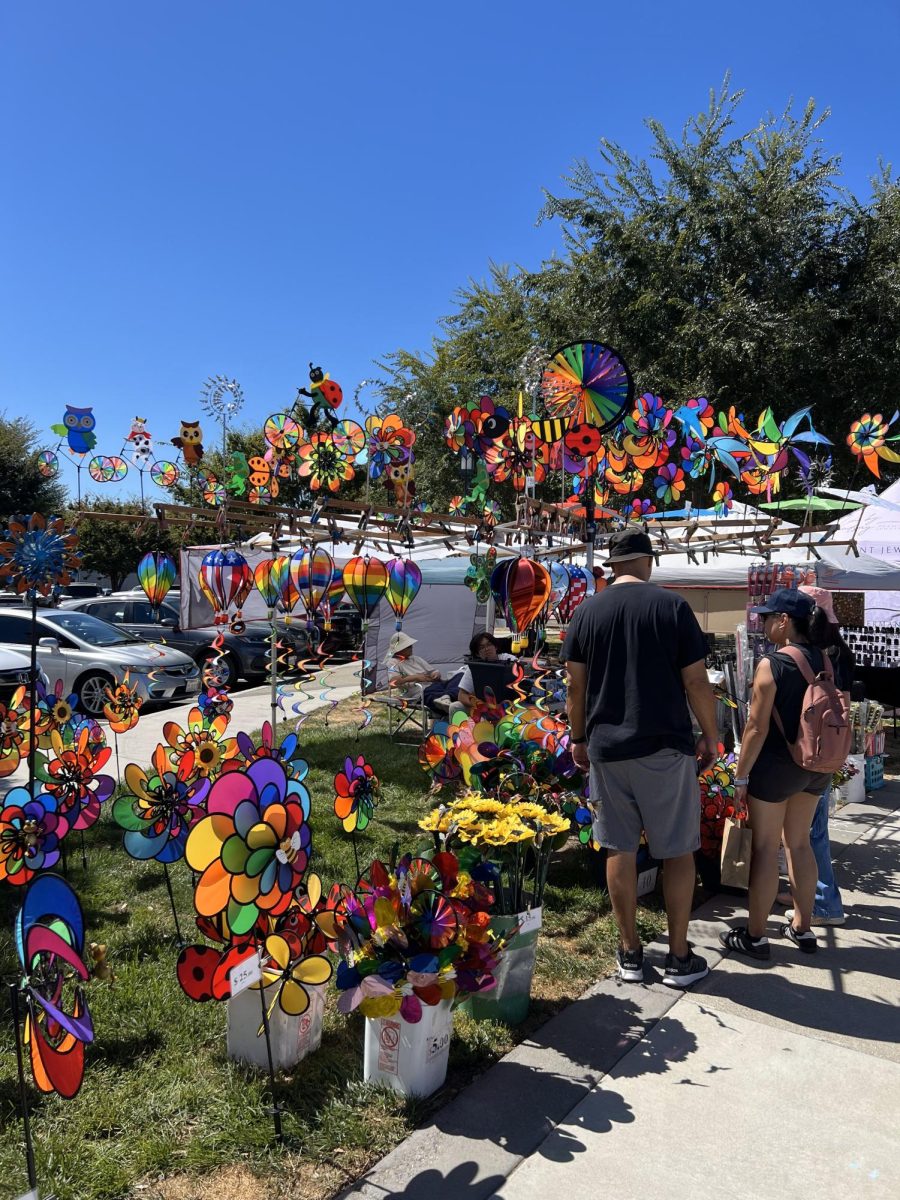The California coffeeberry, an often-overlooked species, can be a very attractive and intriguing plant. Not only can it grow to be as tall as a single story house despite being a shrub, but its berries and seeds are edible.
Coffeeberry gets its name from its appearance, which is, as its name suggests, similar to true coffee (it does not have any caffeine, though). It was scientifically renamed the Frangula californica from the Rhamnus californica in about 2010, and is found in California and Arizona, as well as small communities outside of that range. It has been used by different groups of people for different purposes, but the general consensus seems to be that it is most effective as a mild laxative when aged before consumption. Other than that, it has no medicinal uses. Some say that its bark may be mildly toxic, but this claim is unfounded.
The berries of this plant start out as small, green buds, but ripen to red or black. Birds enjoy them, so beat the feathered buggers to it if you are going to forage for coffeeberry—ideally, this means harvesting them before they are fully ripe. The leaves are a somewhat oval shape that may vary in color from silvery to bluish green, often darker than other plants. The stem color can be anywhere from red to brown, depending on the plant’s age.
The flesh of the berry is said to have a sweet taste, while the seed has a hint of a sweet, chocolatey feel when separated from the berry and roasted. It is not commonly eaten, but it is edible.
However, if you plan on foraging, be careful. The California coffeeberry’s lookalike, the Italian buckthorn, is mildly poisonous if ingested. Be wary, and do your research if you plan on eating. While Italian buckthorn does not look exactly like coffeeberry—its leaves are sharper and rougher—it is possible to mistake the two for each other. Also keep in mind to only forage where you have permission. It is illegal to just go around picking berries off of every plant you see on property that you do not own, and it is impossible to tell if a plant you do not own has been sprayed with toxic pesticides or weed killers.
If you are trying to grow a little something at home to taste good and make your garden look better, you are in luck—this native plant does well in our state, as is implied by its common name. It does not need too much water to grow, although it will require an initial heavy watering (as all plants do). Coffeeberry is a perennial shrub, so once you plant it, you will have it around for many years. Be sure to plant it in a spot with full or at least partial sun, and try to give it well-draining soil. It should put out tiny white flowers around early summertime, and berries should start to form in fall, when you can promptly harvest them or leave them to decorate your yard.
The coffeeberry is a sight for sore eyes, both in the wild and in your yard. With its dark green leaves and its red-to-black fruit, it will surely brighten up your day when you next notice it.


































